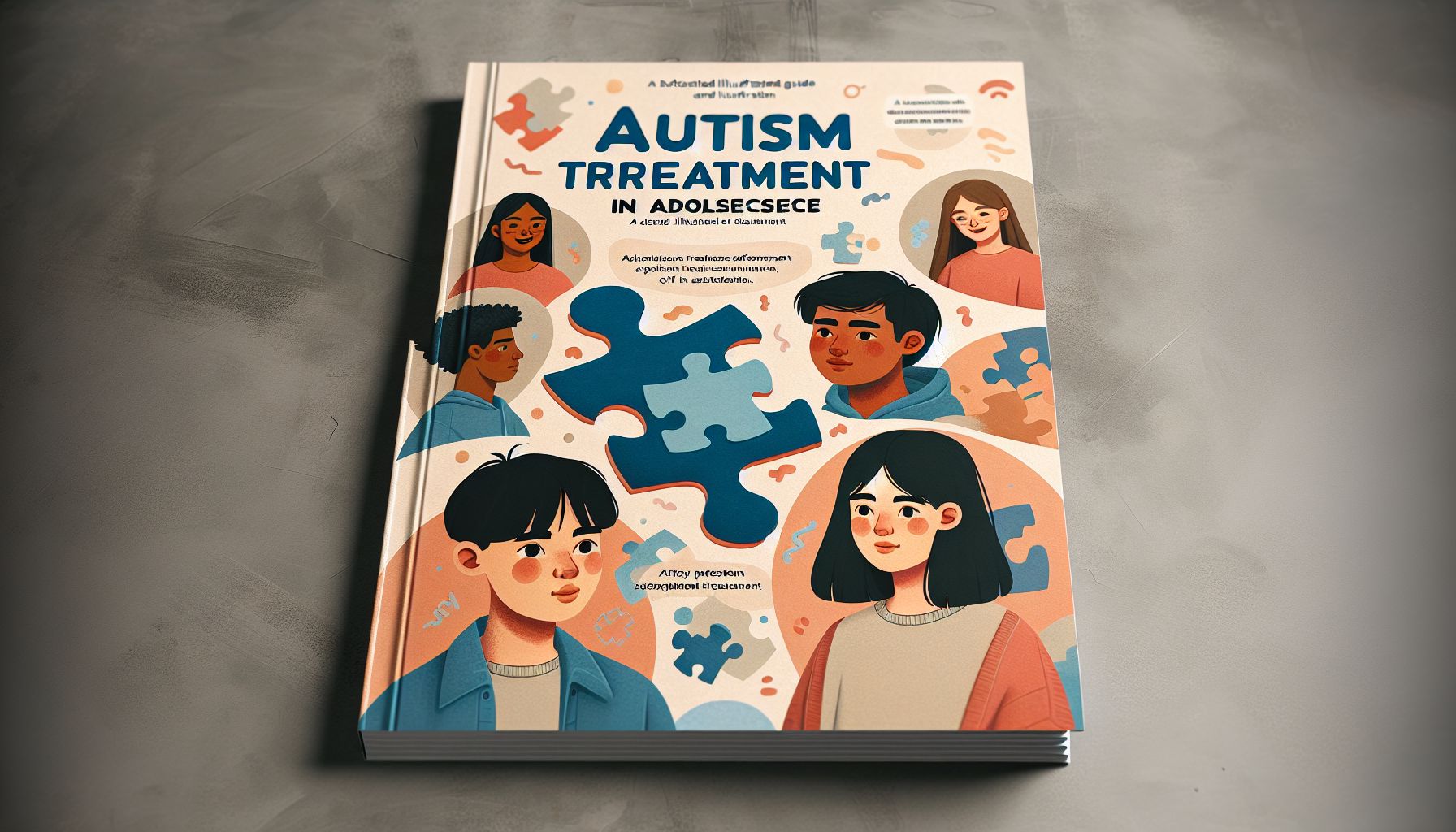When it comes to the challenge of managing autism during the adolescent period, you might feel overwhelmed by the sheer variety of information and advice. Recent statistics indicate that approximately 1 in every 54 children in the United States is diagnosed with autism spectrum disorder (ASD). The condition does not disappear with age, meaning teenagers are living with autism during this critical developmental period too. This article aims to delve deeper into understanding the crucial aspects of autism treatment in adolescence.
Understanding Autism in Adolescence
Autism in adolescence is marked by a unique set of characteristics and presents multiple challenges. The already tumultuous period of puberty can be particularly difficult for those with autism due to increased sensitivity and difficulties with social and emotional understanding.
Puberty also brings changes in the routine and lifestyle which are often hard for adolescents with autism to accept given their desire for consistency and predictability. It’s these complex challenges that make tailored and specialized treatment essential for managing autism in adolescence.
The Basics of Treatment
The basic tenet that underlies Autism treatment in adolescence is that each individual is unique, and therefore the treatment strategies are also individualized. There’s no “one size fits all” approach and strategies often extend beyond simply addressing symptoms of autism and include improving quality of life and facilitating integration into society.
The treatment typically revolves around unique therapeutic programs, medicinal management where necessary, and crucially, family involvement and support. It’s important to remember that the goal of these treatments isn’t to “cure” autism but to help the teen and their family manage everyday challenges, promote progress and ensure the teen is growing into an adult who can enjoy a high quality of life.
Therapies Involved in Treatment
Autism treatment often involves several types of therapy. Behavioral Therapies like Applied Behavior Analysis (ABA) become significant during adolescence. ABA focuses on boosting essential skills like listening, learning, asking, reading, and conversing while attenuating problematic behaviors.
Social Skills Therapy is another critical component that teaches teenagers how to interact more effectively with their peers, enhancing skills like understanding non-verbal cues, making and keeping friends, and navigating social situations. Cognitive Behaviour Therapy (CBT) is also used to help manage anxiety and emotions that are often common in adolescents with autism.
Speech and language therapy can help to overcome speech disorders and struggles with language that can be common in autism, and occupational therapy may be beneficial for learning daily skills, such as dressing, eating, and personal hygiene.
Medication – A Secondary Consideration
Whilst medication is not a primary treatment for autism, it may be administered to manage specific symptoms. Certain types of medication can help with co-occurring mental health struggles such as anxiety, ADHD, or depression, which are relatively common in adolescents with autism.
It’s essential, though, that medication is considered a secondary element of treatment. Its use should be closely monitored by a medical professional and considered in conjunction with therapies and other non-pharmacological approaches.
Role of Family in Treatment
The role of family in autism treatment can’t be underestimated. Families can provide vital support in various ways, such as ensuring a routine is maintained, creating a safe and calming environment at home, and promoting healthy lifestyle choices.
Furthermore, engaging in the therapies and treatments themselves can help families to better understand the unique challenges of their child, and to communicate and connect more effectively. By actively involving yourselves with the treatment, you can promote a learning environment at home which can replicate therapeutic settings.
Final Thoughts
Navigating through adolescence is hard enough, and when you throw autism into the mix, things can get even more complex. That said, with the right comprehensive, multi-faceted approach, improvement and progress are not just possible, but likely. Remember, every adolescent with autism is unique and celebrates their individuality while seeking personalized treatment paths. After all, treatment of autism isn’t about changing individuals, but about equipping them with the skills and strategies to navigate life more easily.

